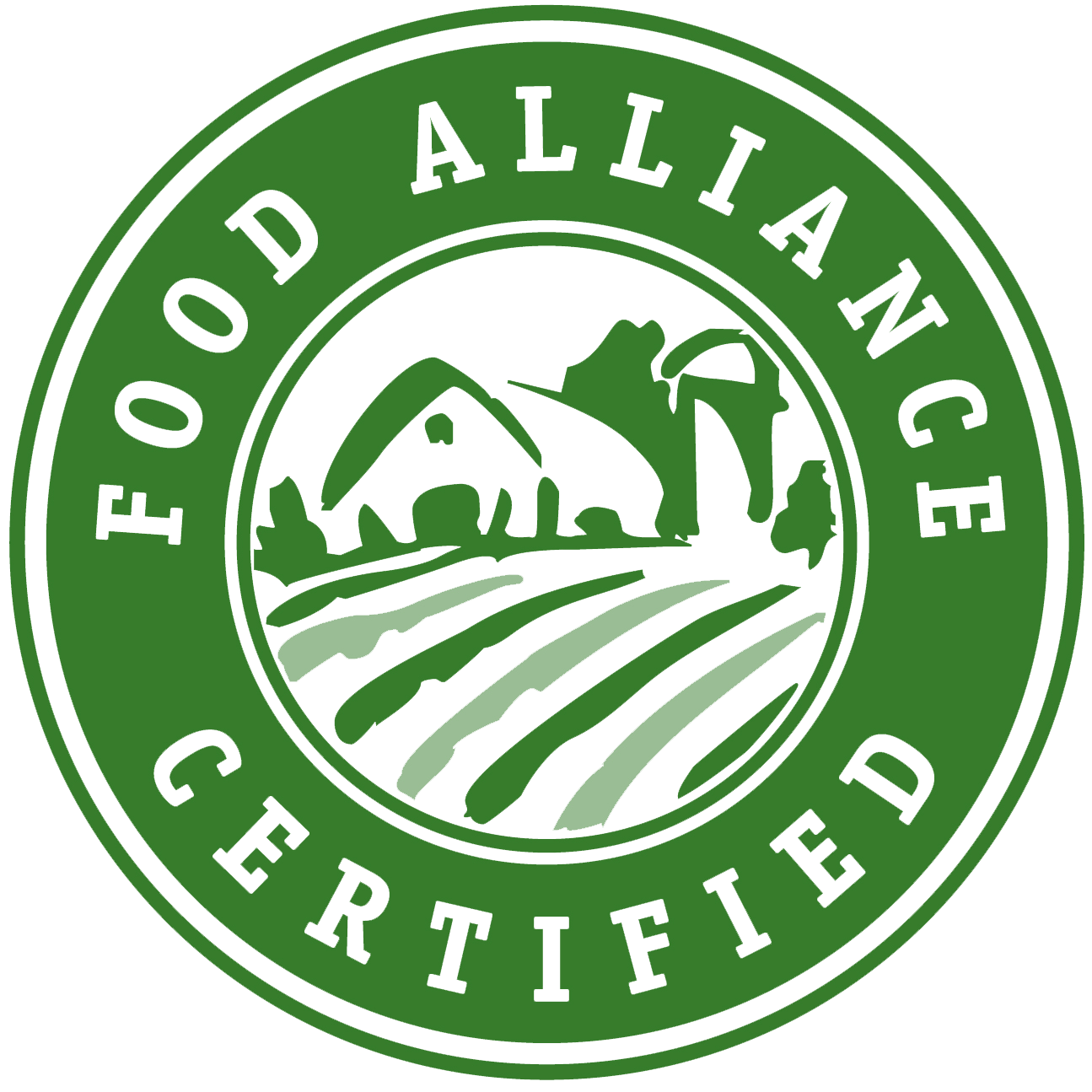Understanding Integrated Pest Management
Integrated Pest Management (IPM) is a sustainable approach to managing pests that combines biological, cultural, physical, and low-impact chemical tools in a way that minimizes economic, health, and environmental risks. Unlike traditional methods that often rely heavily on chemical pesticides, IPM emphasizes understanding pest life cycles and their interactions with the environment to implement effective, environmentally sensitive strategies.
One of our guiding principles here at Food Alliance is to reduce the risks associated with pesticides and other toxic or hazardous materials. Our clients avoid use of chemicals that have adverse impacts on human and ecosystem health, and take steps to ameliorate known risks, implementing a bio-intensive system of IPM. Our clients choose materials for pest control, sanitation, waste treatment, and infrastructural maintenance to reduce overall negative consequences.
Principles of Integrated Pest Management
IPM is grounded in several key principles:
Prevention strategies focus on modifying the cropping system to deter pest establishment, reproduction, and survival. This includes implementing crop rotation, utilizing pest-resistant cultivars, optimizing planting and harvesting schedules, and maintaining soil health to enhance plant vigor and resilience.
Monitoring and identification can involve systematic field scouting, the use of pheromone traps or other detection tools, and accurate taxonomic identification of pest species. These practices support informed decision-making and ensure that control actions are economically and ecologically justified.
Control interventions are initiated based on established action thresholds and follow a tiered approach that prioritizes least-disruptive methods.
Biological control leverages naturally occurring or introduced beneficial organisms—such as predators, parasitoids, and pathogens—to suppress pest populations through ecological interactions.
Physical control entails the use of mechanical devices, exclusion techniques, or environmental manipulation (e.g., tillage, mulching, temperature treatments) to directly remove or reduce pest access to crops.
Chemical control, reserved for instances where other methods are insufficient, employs targeted application of selective, low-toxicity pesticides. These inputs are chosen and applied based on efficacy, pest specificity, and compatibility with beneficial organisms and environmental safety.
Practical Advantages of IPM Over Conventional Pesticide Use
Traditional reliance on chemical pesticides can lead to extensive and long term environmental issues including pesticide resistance, harm to non-target species, and contamination of soil and water resources. IPM offers a more sustainable alternative by prioritizing non-chemical control methods and applying pesticides only when necessary. IPM practices ultimately decreases the overall use of chemicals, thereby lessening environmental contamination and exposure risks. Furthermore, IPM practices support the conservation of beneficial organisms, such as pollinators and natural pest predators, contributing to a more balanced and resilient ecosystem. The varied strategies employed in IPM reduce the likelihood of pests developing resistance to control methods, ensuring long-term effectiveness.
Integrated Pest Management stands as a testament to the possibility of harmonizing agricultural productivity with environmental stewardship. By reducing reliance on chemical pesticides and embracing a holistic approach to pest control, IPM not only addresses immediate pest issues but also contributes to the long-term sustainability and health of agricultural ecosystems.
Learn more about our eight guiding principles and get certified online with our comprehensive beyond organic certification.
Additional resources on Integrated Pest Management:
EPA: Integrated Pest Management (IPM) Principles
USDA: Integrated Pest Management



